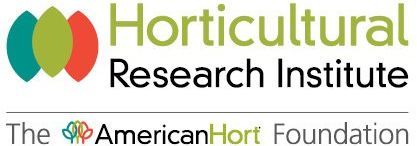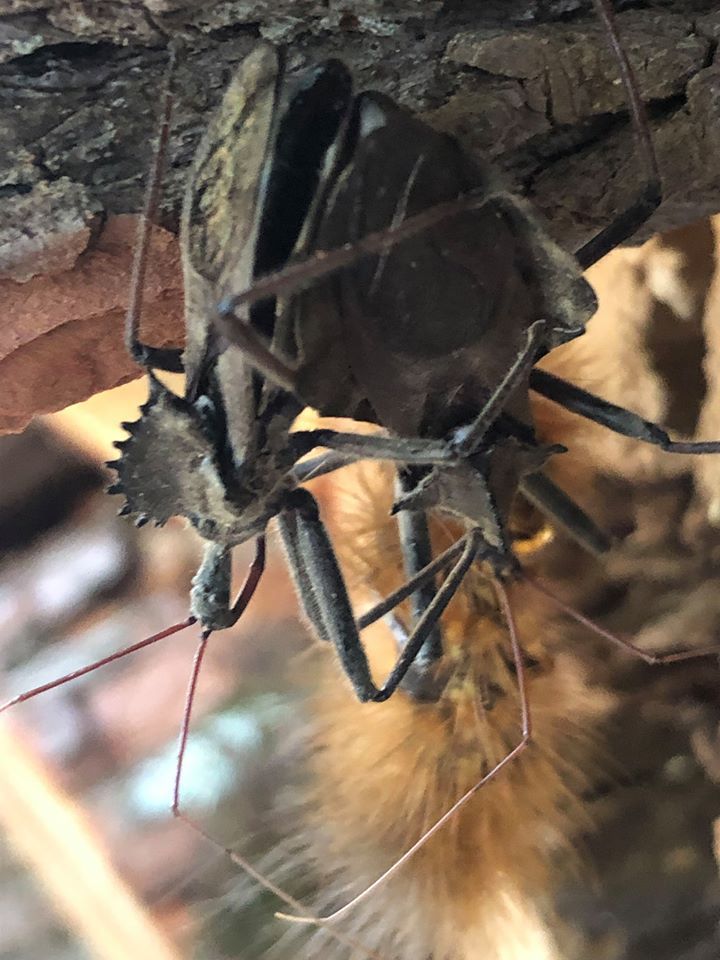Wheel Bugs
If ever there was an insect to make me an entomology enthusiast, this is it.
Behold: wheel bugs.
One afternoon last fall, I found that pair of wheel bugs on my front porch. For the following two hours, I photographed them and researched all about them. They are fascinating!
Wheel bugs are the largest type of assassin bug (up to an 1.5” in length) in the US with a crazy-looking, growth that resembles armor or a shield sticking out of its back. Fun fact: this is the only animal in the US with this kind of crest! Assassin bugs live up to their names – they are predatory insects that capture and feed on a number of other insects, such as bees, flies, and caterpillars. They are quick and nimble and capture prey with their powerful front legs. The real threat, however, comes from their mouthparts. They have a long beak that violently and repeatedly stabs their victims and then sucks out their body fluids.
I had to see that for myself.
Turns out that wheel bugs feed on large caterpillars, and during my two-hour photo session, a wayward, unsuspecting caterpillar just happened to be nearby. That poor caterpillar didn’t stand a chance; the female wheel bug attacked it immediately and enjoyed a good meal.
If you see a wheel bug in your garden, keep a safe distance. They can bite humans, and it’s reportedly quite painful (more so than a wasp sting). No need to control them though; wheel bugs are known biocontrol agents of Japanese beetles and tent caterpillars. Dr. Mike Raupp, extension entomologist at University of Maryland, once commented about wheel bugs, “They’re the lion or the eagle in your food web. They sit on top. When you have these big, ferocious predators in your landscape, that tells me this is a very healthy landscape, because all these other levels in your food web are intact.”
*Update: two weeks after my photo session with these two wheel bugs, one wound up in our fireplace, presumably a hitchhiker on a log. Sadly, it met an untimely end. I found it clinging to the fireplace screen, trying to escape, but it was too late…poor thing was a burnt husk.
Dr. Jill Calabro
Research & Science Director
Horticultural Research Institute
All photos courtesy J. Calabro, unless otherwise noted.
Share This Post









